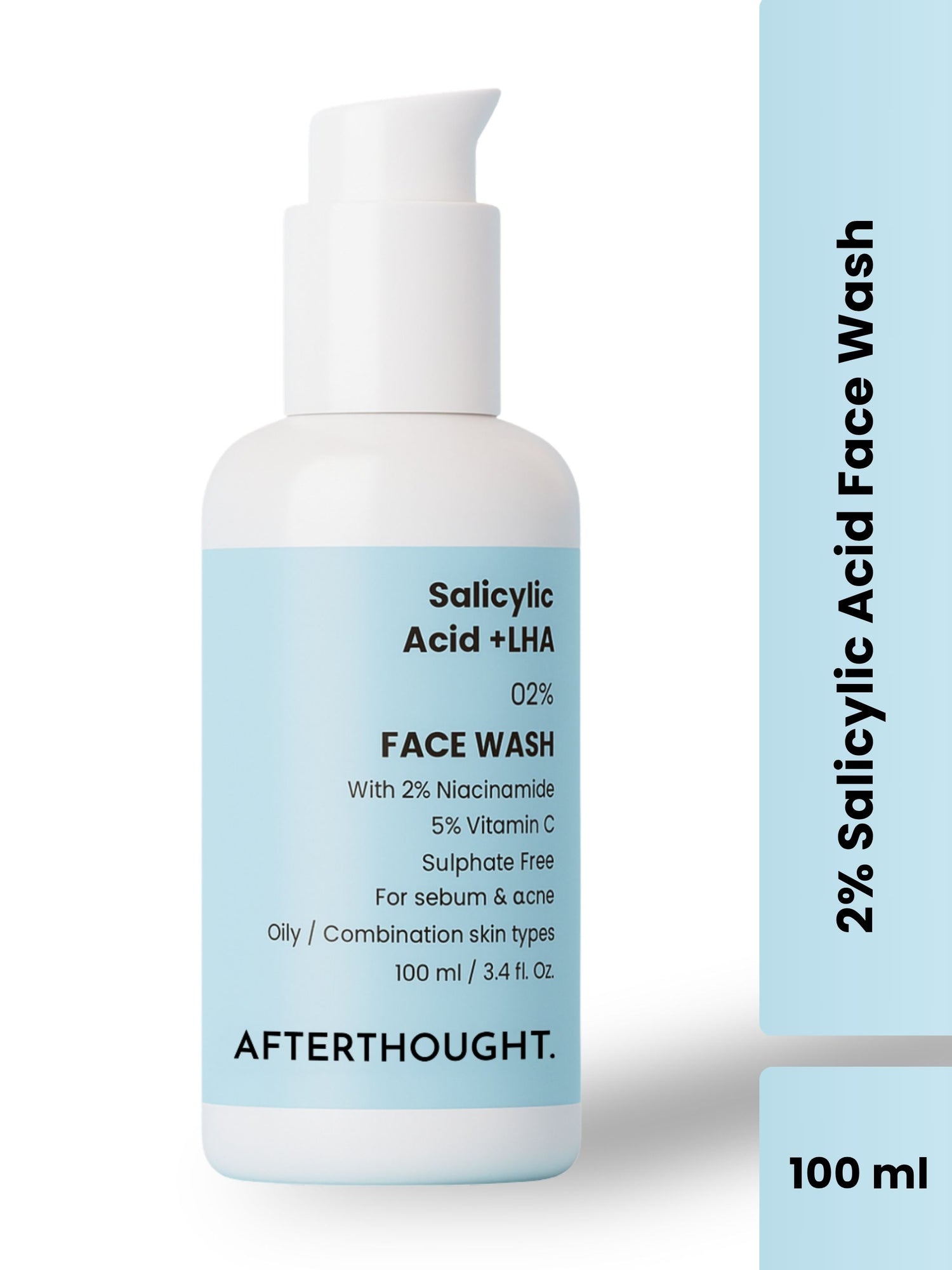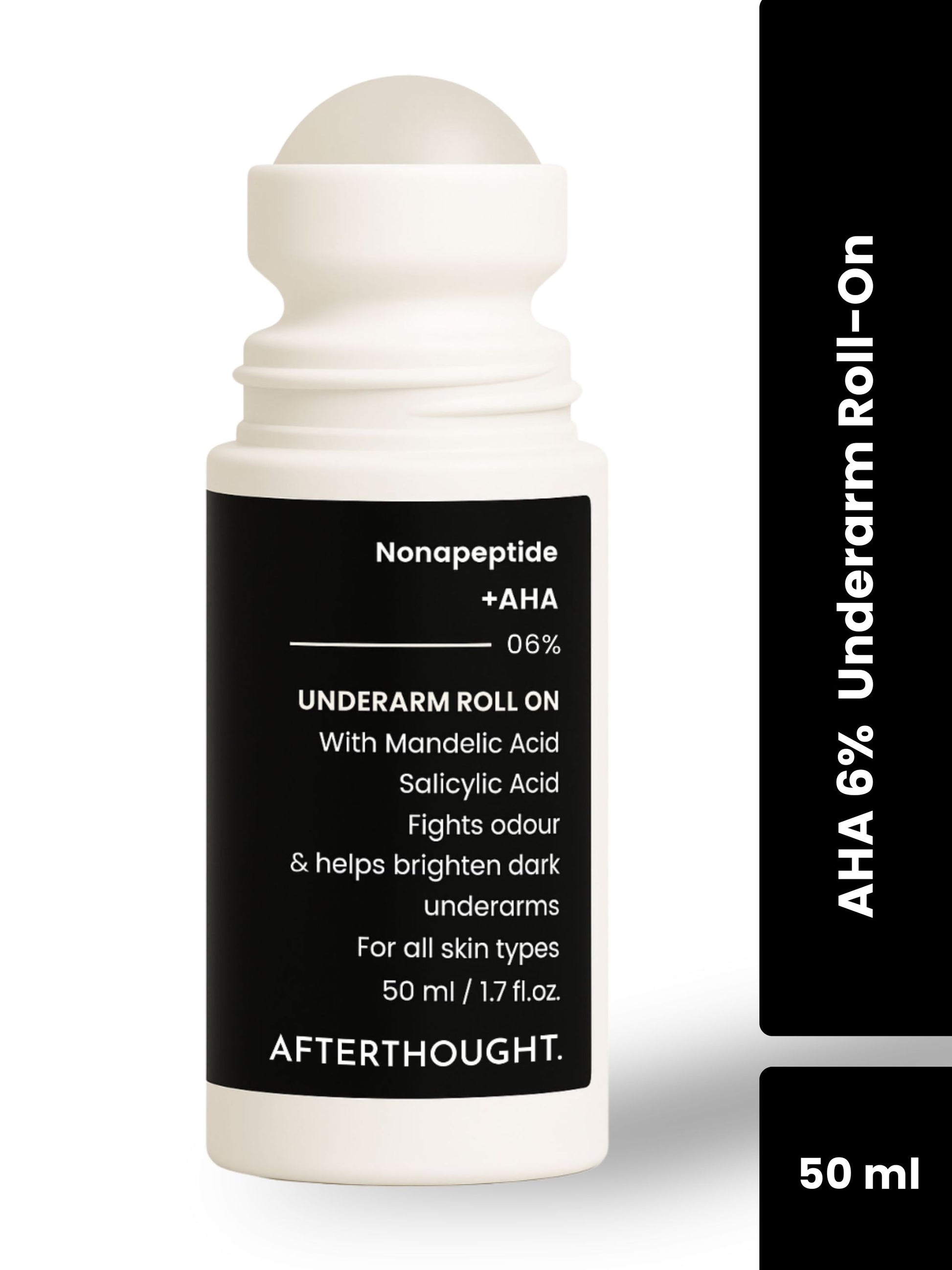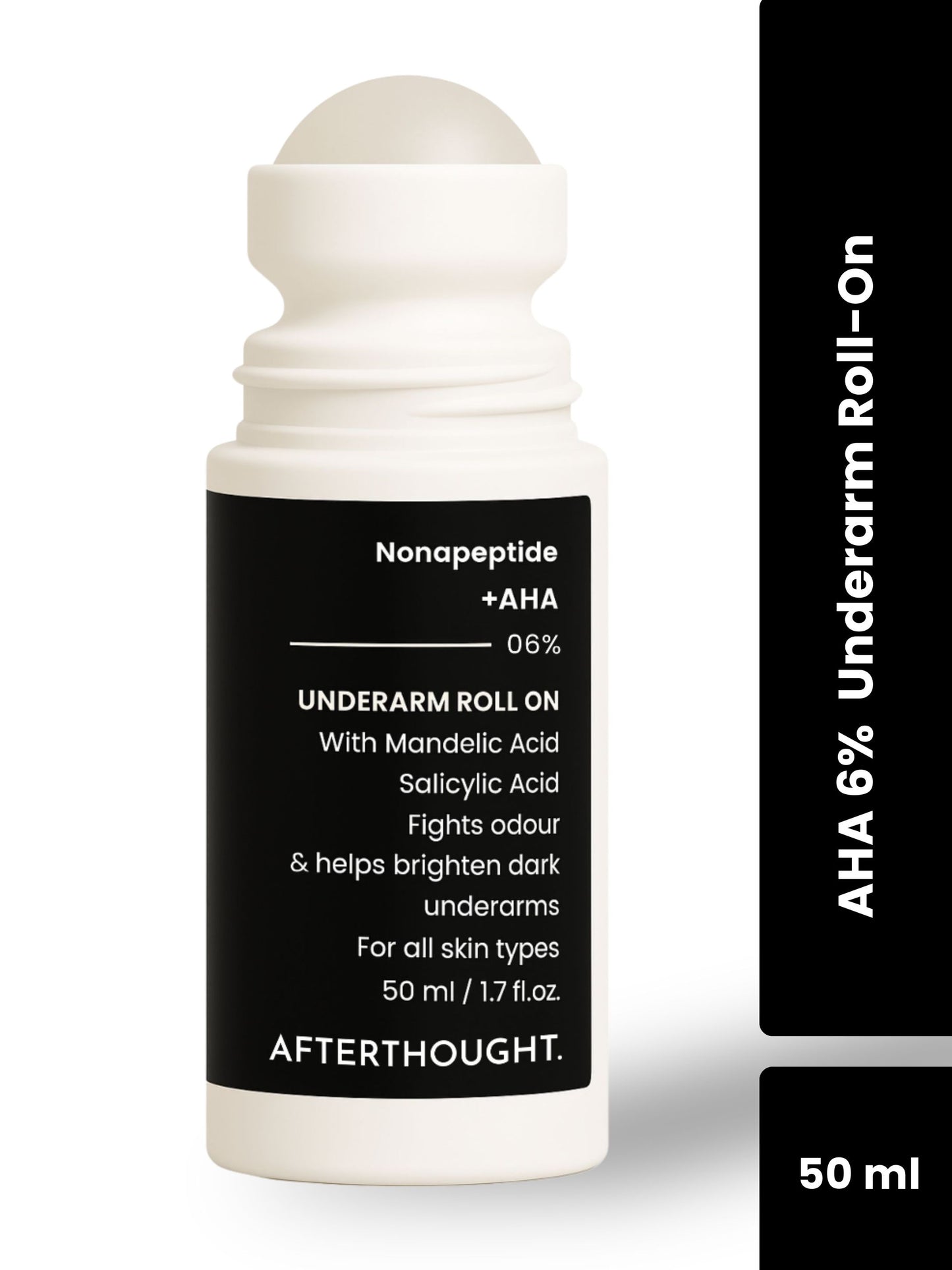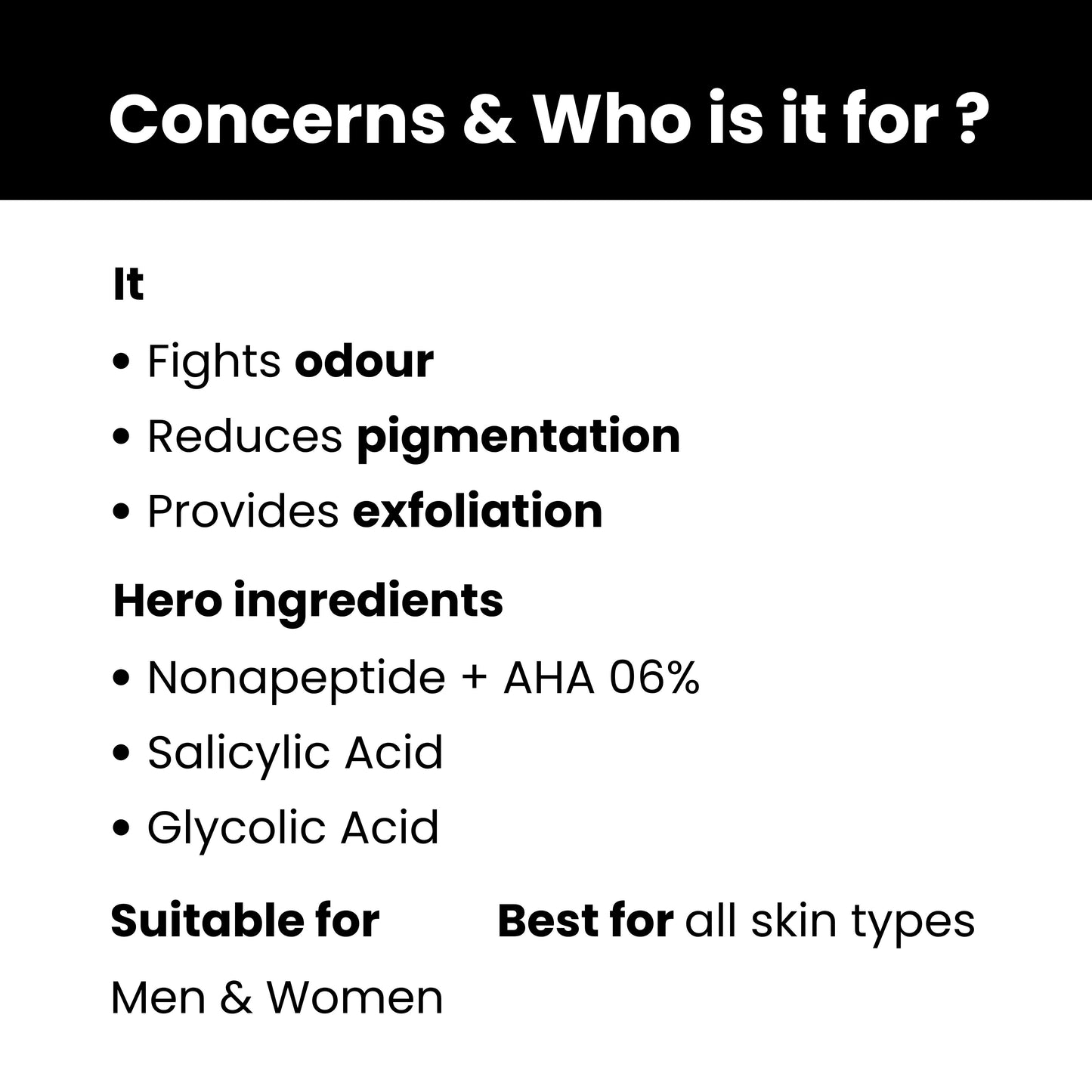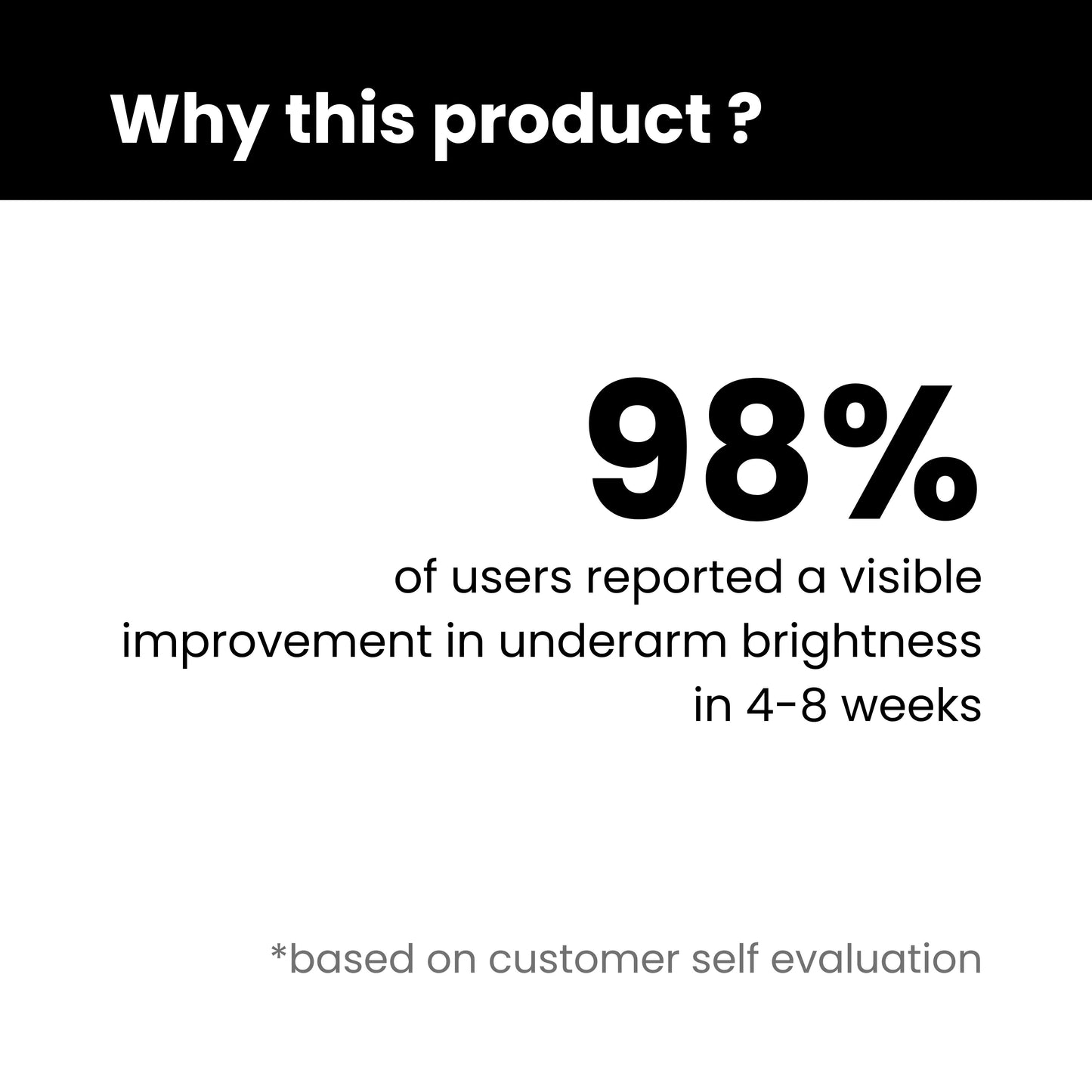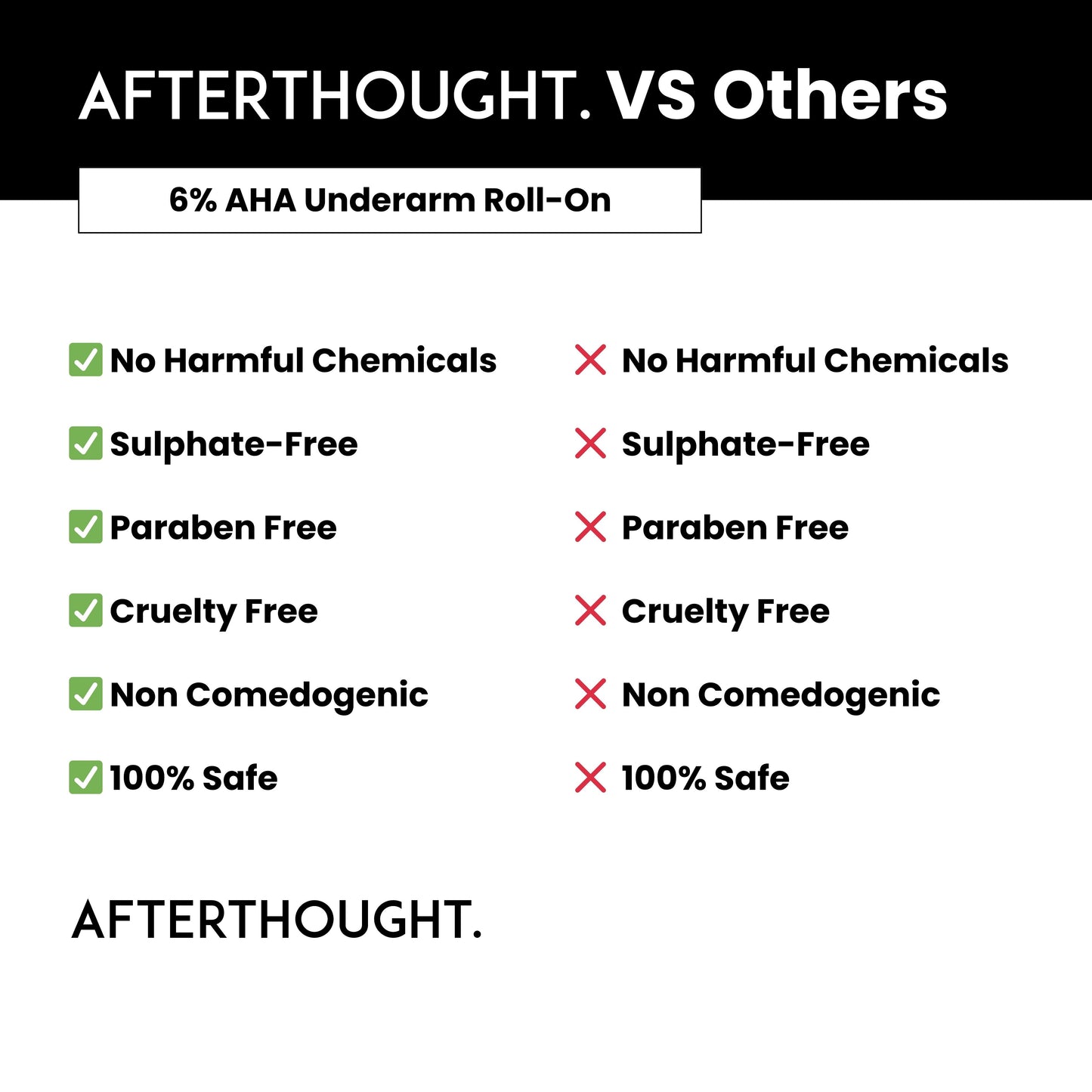How To Stop Underarm Sweating Permanently?
Underarm sweating, or axillary hyperhidrosis, is a common and often distressing condition that can affect your confidence and daily comfort.
Whether caused by genetics, stress, or other factors, persistent underarm sweating can be managed through various strategies. This article explores a range of approaches, from lifestyle changes to medical treatments, to help you find a permanent solution.
Understanding Underarm Sweating
Before diving into solutions, it's essential to understand why underarm sweating occurs. The underarms contain a high concentration of sweat glands, particularly apocrine glands, which are responsible for producing sweat in response to emotional stress and hormonal changes. This type of sweating can be more intense than the perspiration produced by eccrine glands, which are found throughout the body and primarily respond to heat.
Lifestyle and Behavioral Adjustments
Personal Hygiene Practices
Regular washing with antibacterial soap can help reduce the number of bacteria on your skin, which in turn reduces odor and the appearance of sweat. Using antiperspirants, which contain aluminum compounds, can block sweat glands and reduce sweating.
Choosing the Right Clothing
Opt for breathable fabrics like cotton and moisture-wicking materials that help absorb sweat and keep the area dry. Avoid tight-fitting clothes and synthetic fabrics, as they can trap heat and moisture.
Diet and Hydration
Avoiding spicy foods, caffeine, and alcohol can help minimize sweating, as these substances can increase perspiration. Staying hydrated by drinking plenty of water can also help regulate body temperature and reduce sweating.
Stress Management
Since stress can trigger sweating, incorporating relaxation techniques such as meditation, yoga, or deep-breathing exercises can help manage emotional triggers. Regular exercise can also reduce stress levels and improve overall well-being.
Medical and Clinical Treatments
Prescription Antiperspirants
For more severe cases, prescription-strength antiperspirants are available. These products contain higher concentrations of aluminum salts compared to over-the-counter options and can be applied to the underarms before bedtime.
Botox Injections
Botulinum toxin injections can temporarily block the nerves that stimulate sweat glands. This treatment typically lasts 6 to 12 months and has been shown to be highly effective in reducing underarm sweating.
Iontophoresis
This technique involves using a device that passes a mild electrical current through the skin. It is believed to work by temporarily blocking sweat glands. Iontophoresis treatments are typically administered in a series and may require ongoing maintenance.
Microwave Therapy
Microwave technology can destroy sweat glands by emitting targeted microwave energy. This procedure requires minimal downtime and can provide lasting relief from excessive sweating.
Surgery
In severe cases where other treatments have failed, surgical options may be considered. These include:
- Endoscopic Thoracic Sympathectomy (ETS): This surgery involves cutting nerves that control sweating. It is generally considered a last resort due to potential side effects and complications.
- Sweat Gland Removal: This procedure involves removing sweat glands from the underarm area through surgery. It is effective but requires a significant recovery period and may have a risk of scarring.
Natural and Alternative Remedies
Herbal Treatments
Some herbal remedies, such as sage tea or supplements, are believed to help reduce sweating. Sage has astringent properties that may help tighten the sweat glands.
Home Remedies
Natural ingredients like apple cider vinegar, witch hazel, and baking soda have been used in various cultures to manage sweating. These remedies can help balance pH levels and reduce odor, though their effectiveness may vary.
Acupuncture
This traditional Chinese medicine technique involves inserting thin needles into specific points on the body. Some people find that acupuncture can help reduce sweating by balancing the body's energy.
Preventive Measures and Long-Term Care
Regular Follow-ups
If you undergo medical treatments for sweating, regular follow-up appointments with your healthcare provider are crucial to monitor the effectiveness and address any side effects.
Consistency with Treatments
Whether you choose lifestyle changes, medical treatments, or a combination of approaches, consistency is key. Adhering to your chosen regimen can help ensure long-term success.
Monitoring Triggers
Keeping track of triggers that exacerbate sweating, such as specific foods, stressors, or environmental factors, can help you manage your condition more effectively.
Conclusion
Addressing underarm sweating permanently involves a combination of lifestyle changes, medical treatments, and natural remedies.
While there is no one-size-fits-all solution, understanding the underlying causes and exploring various options can help you find the most effective approach.
Consulting with a healthcare professional can provide personalized recommendations and ensure you choose the best course of action for your specific needs.
With the right strategies and persistence, you can achieve lasting relief from underarm sweating and improve your overall quality of life.
Also Read: How To Control Underarm Sweat?
